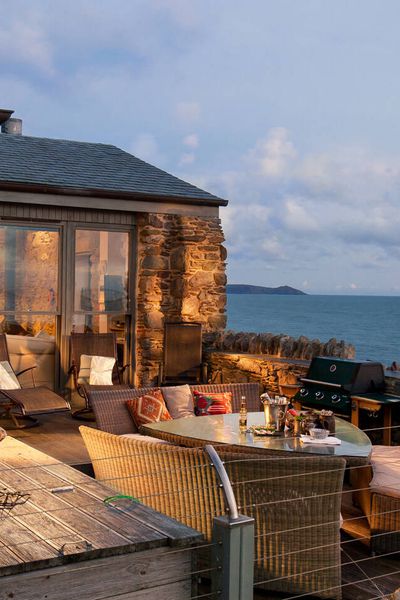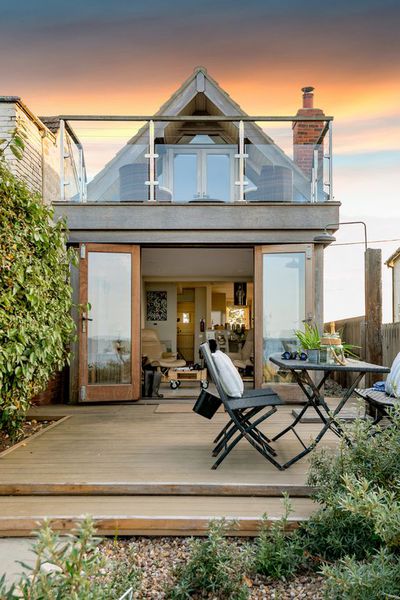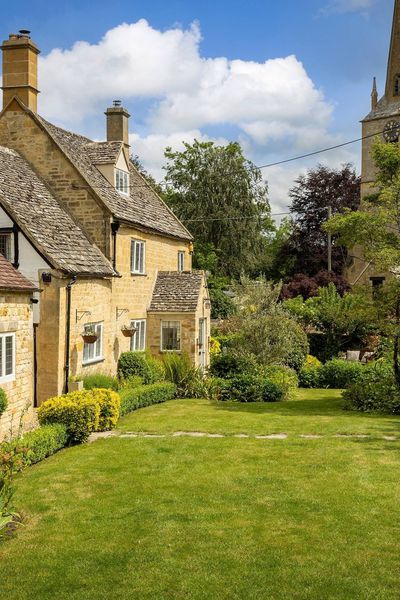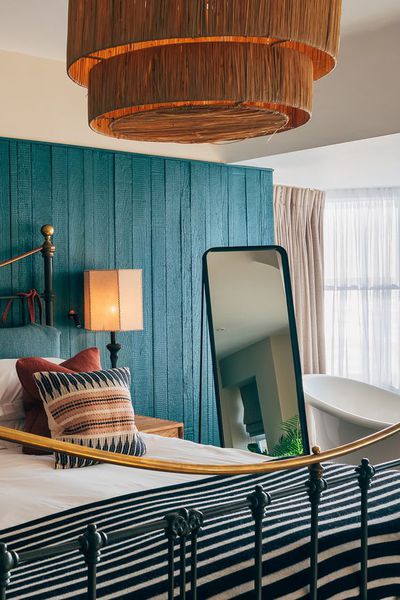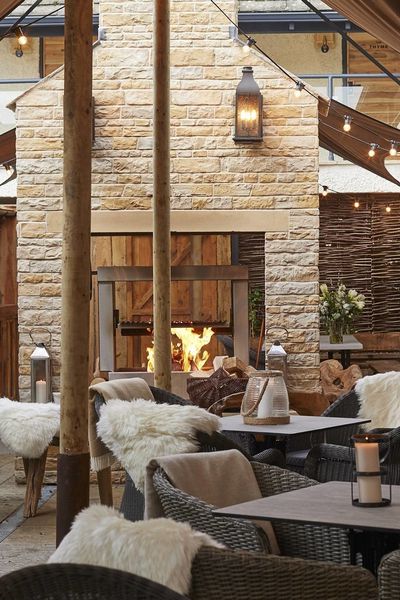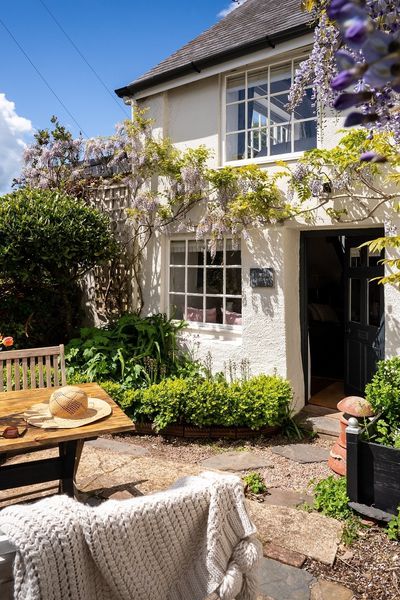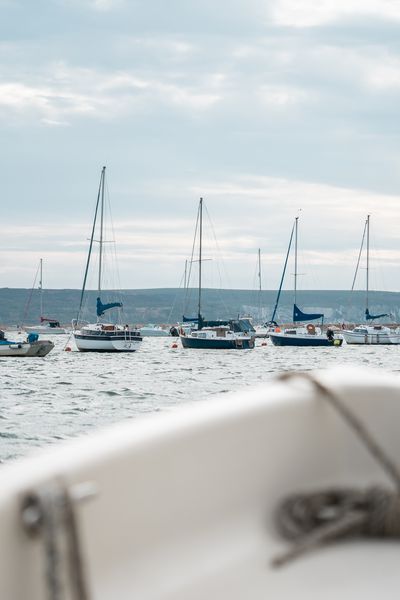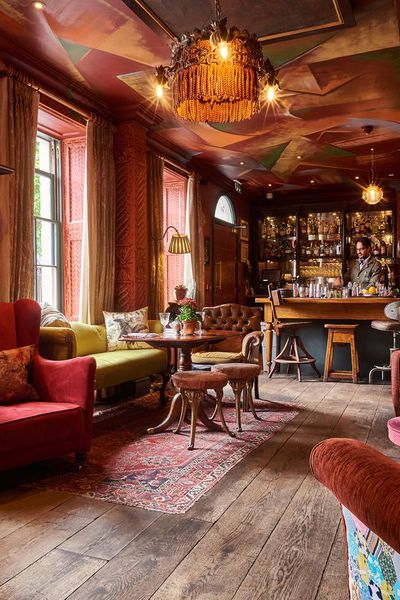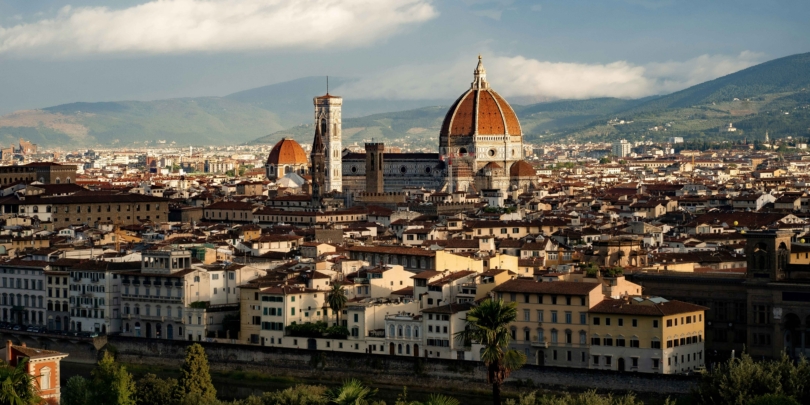
Giuliana Di Venti, our Bologna-based inspector and writer, loves its medieval towers as much as its mouthwatering pasta. She distills a wealth of recommendations into a 48-hour itinerary for exploring the city’s art and architecture.
Bologna, the capital of the Emilia-Romagna region in Italy, is a city known for its rich history, vibrant culture, and mouthwatering cuisine. If you have just 48 hours to explore this wonderful city, you’re in for a treat! Between ancient streets and unique cuisine, Bologna offers a mix of cultural landmarks and hidden gems. Here’s how to make the most of your two-day stay.
Day 1: A Historic Start…
Begin your day in the heart of Bologna with a visit to Basilica di San Petronio. Inside, the sun strikes the floor in a precise meridian line, designed by astronomer Giovanni Domenico Cassini, which turns the whole building into a solar clock in a beautiful fusion of science and spirituality.
From San Petronio, take a short walk to Torre dell’Orologio (Clock Tower), a prominent landmark in Piazza Maggiore. You’ll need to have booked tickets to climb the tower, but the view is spectacular. From here, you can visit the Collezioni Comunali d’Arte (Municipal Art Collections) located nearby, losing yourself in the rich collection of Renaissance and Baroque art housed in the building, including works by famous artists such as Raphael and Titian.
Right next to Piazza Maggiore is another place to stand and stare – Sala Borsa. Originally built as the city’s stock exchange in the late 18th century, the building is renowned for its elegant colonnades, grand halls, and a striking glass floor that reveals the remains of ancient Roman structures beneath. Today, it’s a public library and cultural center, offering a space for reading, exhibitions, and events. Its central location, historical significance, and architectural beauty make it one of Bologna’s key landmarks, blending past and present seamlessly.


By now, all that marvelling will have given you an appetite, so take a short walk to the Quadrilatero, one of the oldest markets in Bologna. It’s a great place for lunch or a snack, with vibrant food stalls selling traditional local delicacies like mortadella and tortellini. While you’re there, take a walk down Via Pescherie Vecchie. The narrow, bustling street was once home to the city’s fish markets and, while now filled with small shops and cafes, it nonetheless gives a wonderful glimpse into Bologna’s medieval past.
Once you’re fully refuelled, it’s back on the culture trail, with a visit to the church of Santa Maria della Vita to see one of Bologna’s most prized artistic masterpieces, Compianto del Cristo Morto, a stunning group of lifesized terracotta figures by the renowned artist Niccolò dell’Arca. From here, a slight backtrack takes you to some slightly more modern history and a peek into the city’s scientific past. The Archiginnasio is the university’s original anatomical theatre, and the autopsy table still sits coldly at the centre of a grand auditorium. It’s probably not one to see before lunch if you have a particularly vivid imagination.
For a great pre-dinner drink, wind your way back to PIazza Maggiore and settle in at Bar Zanarini, known across the city for its beautiful interior, its historical significance and for being a great spot to people watch. Once you’ve had a drink and let the sun go down a little, you have a difficult decision to make – where to eat. Vicolo Colombina is a charming restaurant known for its traditional Bolognese dishes, like tagliatelle al ragù or tortellini in brodo, while you can have a real treat night at Trattoria da Me in the tower De Galluzzi! For a real local experience though, try the combination of Tamburini & Osteria del Sole, the former a sort of deli and the latter a bar. You can buy traditional food from Tamburini, take it to Osteria del Sole and find a table in one of the oldest taverns in Bologna, where they only serve local wine.


Day 2: Arches, sanctuaries and gelato
Leap out of bed in the morning and head for one of Bologna’s most beautiful sights, after you’ve had coffee of course, this is Italy, after all. The Portico de San Luca is about 40 minutes from the centre of town and is itself a 3km walk alongside seemingly endless columns, which lifts you out of the city to the Santuario Madonna di San Luca, the church on the hill above the city. If you’re somehow not done climbing when you reach the top, book the San Luca Sky Experience and take a few more steps into the church’s dome, for a view that will take your breath away, if you’ve any left. Thankfully, the Restaurant Vito is on hand for refreshments before you head back down.
The portico walk will take up a fair chunk of your day, but it’s well worth it and still leaves you with an afternoon for some less hilly strolling of the historic centre. If you can overshoot on your way back from the portico walk, visit Via Piella for the famous “Finestra di Via Piella” a small window that reveals a stunning view of the hidden canals and waterways that once dominated the city.
Your next stop simply must be to sample another of the city’s great achievements – gelato. Cremeria Vecchia Stalla, one of Bologna’s finest, is a few steps from the piazza, which will come as a relief after all that walking. Enjoy rich, handmade ice cream in a variety of delicious flavours, that’ll cool you off all the way down to the soles of your weary feet.


Fortunately, for those in search of a last taste of Bologna’s remarkable profusion of art and architecture, the gelateria is near yet another narrow and ancient street, Corte Isolani, where you’ll find three iron arrows embedded in the pavement. They are thought to date back to the medieval period, possibly indicating the property boundaries of different families or guilds in the area, although their exact origin and purpose are still a mystery. One of them points you towards Piazza Santo Stefano, the final stop on a cultural tour that could go on forever. Here, you’ll find the Sette Chiese (Seven Churches), a fascinating medieval complex that includes seven religious buildings, all nestled together, giving the place an air of quiet reverence. At least when the market isn’t on. The piazza holds an antiques market on the second Saturday and Sunday of the month, except in July and August, which is great if you’re in the mood for some quirky shopping and you’ve been lucky with the timing of your visit.
Whether or not you left the square with a souvenir, a great way to remember Bologna is to enjoy a farewell dinner at Bottega dei Portici, a modern eatery that serves traditional Bolognese dishes with a contemporary twist. It’s the perfect spot, under the towers of Garisaneda and Asinelli, to enjoy a final meal before you leave the city, almost certainly promising yourself to return.
Places to stay in Bologna
Browse all our places to stay in Italy >
Share this article:
You might also like
48 hours in Florence

Annabelle Thorpe
5 min read
Beyond Florence: Tuscany’s undiscovered towns

Annabelle Thorpe
5 min read
From farm to Nonna’s table: The Pasta Grannies’ guide to Emilia-Romagna

Vicky Bennison
8 min read
